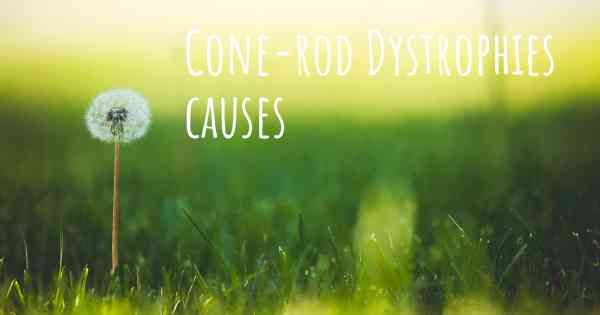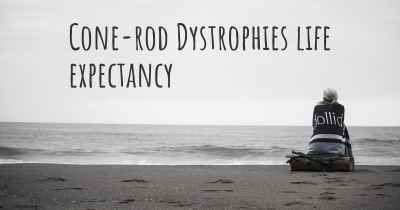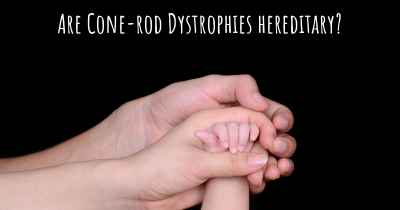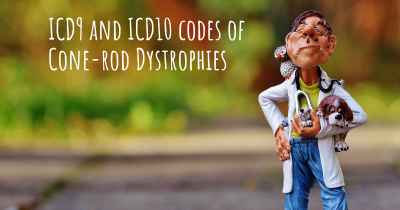Which are the causes of Cone-rod Dystrophies?
See some of the causes of Cone-rod Dystrophies according to people who have experience in Cone-rod Dystrophies

Cone-rod dystrophies (CRDs) are a group of inherited eye disorders that primarily affect the function and structure of the cone and rod cells in the retina. These cells are responsible for vision in bright and dim light, respectively. CRDs are characterized by progressive vision loss, color vision abnormalities, and central vision impairment. The exact causes of CRDs are not fully understood, but several factors have been identified as potential contributors to the development of these conditions.
Genetic Mutations: The most significant cause of cone-rod dystrophies is genetic mutations. These mutations can occur in various genes that are involved in the development, maintenance, and function of cone and rod cells. Mutations in these genes can disrupt the normal processes of photoreceptor cells, leading to their degeneration and eventual vision loss. Different types of CRDs are associated with mutations in specific genes, such as ABCA4, CRX, RPGR, and many others. In some cases, these mutations are inherited in an autosomal dominant, autosomal recessive, or X-linked recessive manner.
Environmental Factors: While genetic mutations play a significant role in the development of CRDs, environmental factors can also contribute to the severity and progression of the condition. Exposure to certain toxins, chemicals, or medications can potentially damage the retina and accelerate the degeneration of cone and rod cells. Additionally, excessive exposure to bright sunlight or ultraviolet (UV) radiation without proper eye protection may increase the risk of developing CRDs or exacerbate existing conditions.
Age: Some forms of cone-rod dystrophies are age-related, meaning they tend to manifest later in life. These late-onset CRDs may be influenced by a combination of genetic and environmental factors. Age-related macular degeneration (AMD), a common cause of vision loss in older adults, can also be associated with cone-rod dystrophies in some cases.
Other Medical Conditions: Certain medical conditions or comorbidities can be associated with cone-rod dystrophies. For example, some individuals with CRDs may have underlying systemic disorders like diabetes, metabolic disorders, or autoimmune diseases. These conditions can contribute to the development or progression of CRDs by affecting the overall health and function of the retina.
Inflammatory Processes: Inflammation within the retina can play a role in the development of cone-rod dystrophies. Chronic inflammation can lead to damage and degeneration of cone and rod cells over time. Inflammatory processes can be triggered by various factors, including infections, autoimmune responses, or other underlying inflammatory conditions.
Unknown Factors: Despite extensive research, there are still cases of cone-rod dystrophies where the exact cause remains unknown. These cases may involve complex interactions between multiple genetic and environmental factors that have yet to be fully elucidated.
It is important to note that cone-rod dystrophies are a heterogeneous group of disorders, meaning there is significant variability in their presentation, severity, and underlying causes. The identification of specific causative factors for each individual case is crucial for accurate diagnosis, prognosis, and potential treatment options.
Posted Aug 10, 2018 by Shel 400








